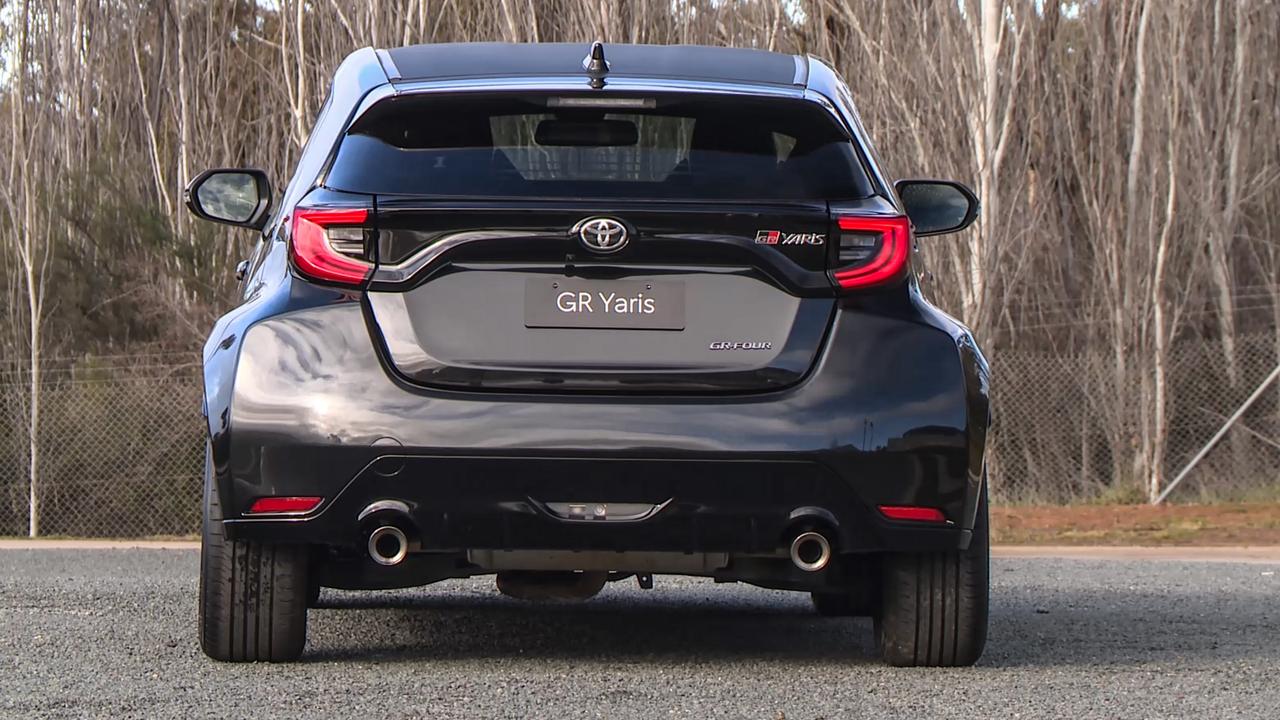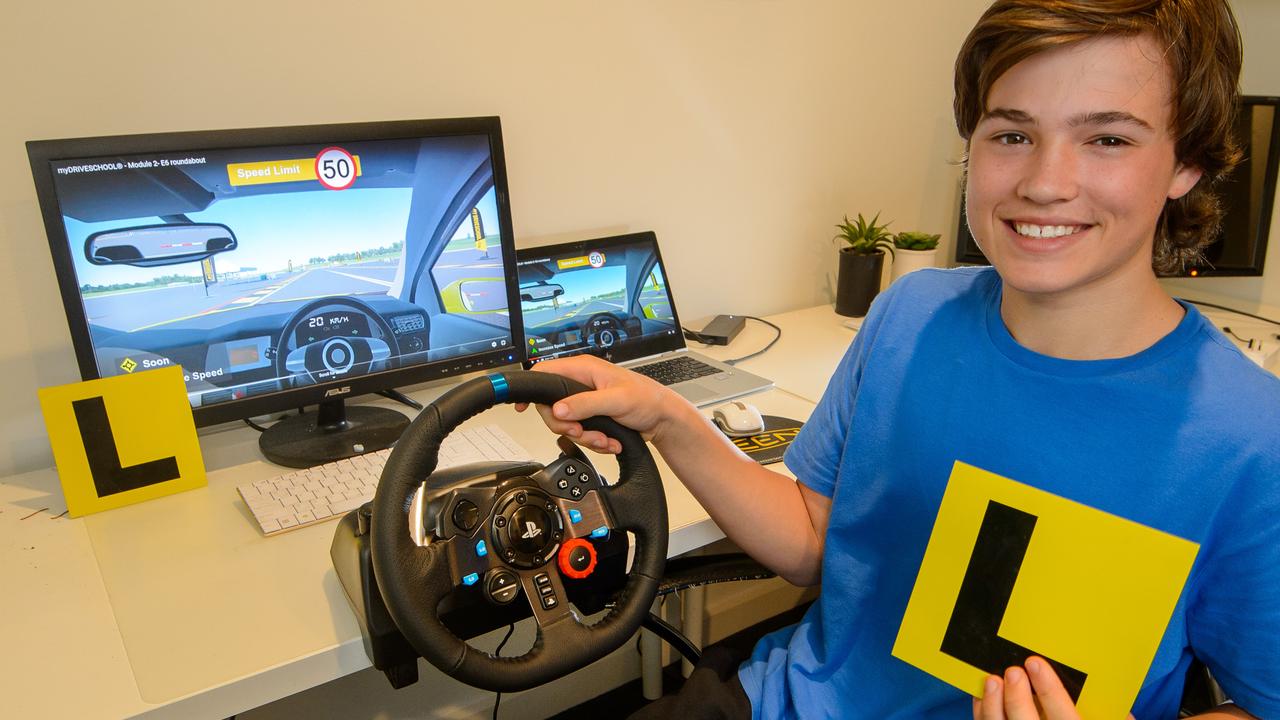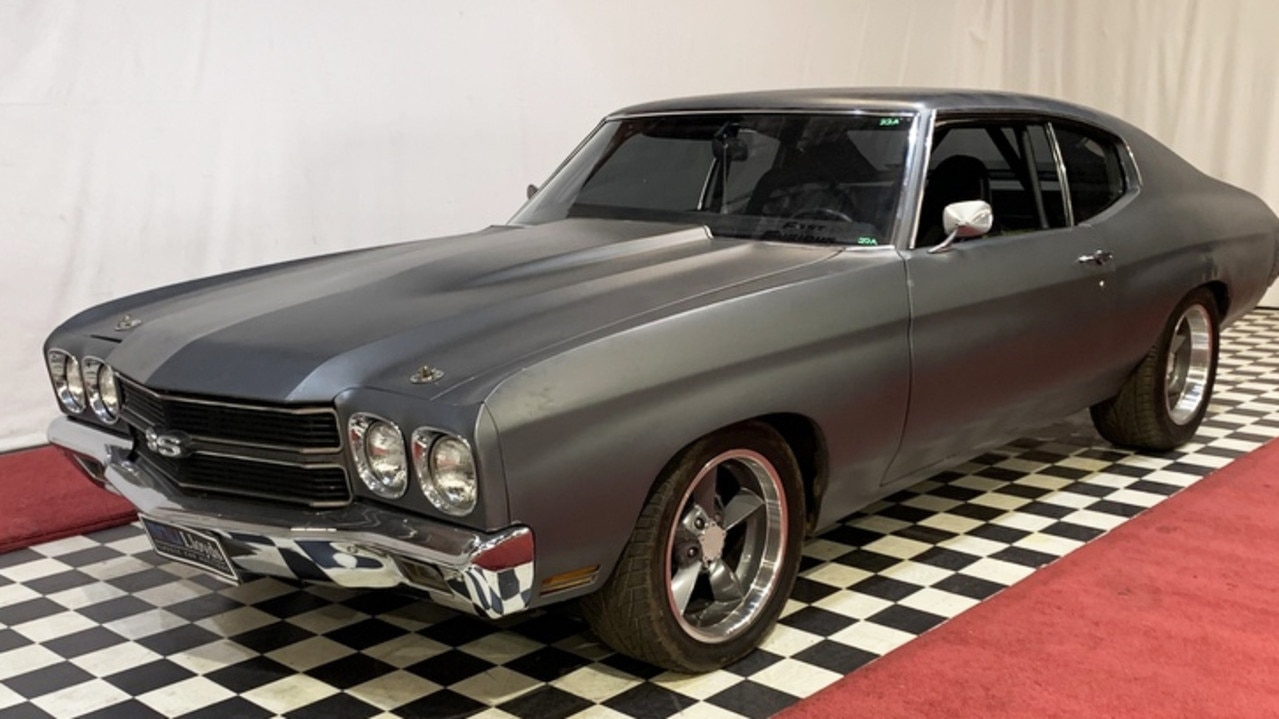Supercar maker to chase mind-blowing speed record
An obscure European supercar maker is preparing to set an insane speed record that would leave all other contenders in its dust.
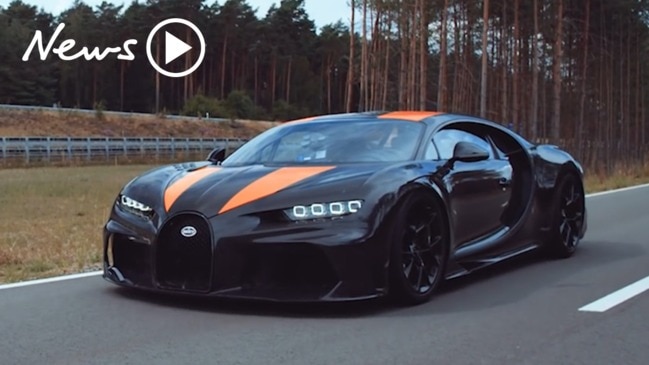
A little known Swedish car maker could soon top 500km/h with a car you can drive to the shops.
Boutique hypercar manufacturer Koenigsegg — which has built a reputation of producing high quality, innovative roadgoing sports cars — has hinted it may tackle Bugatti’s recently set top speed world record of 490.484km/h.
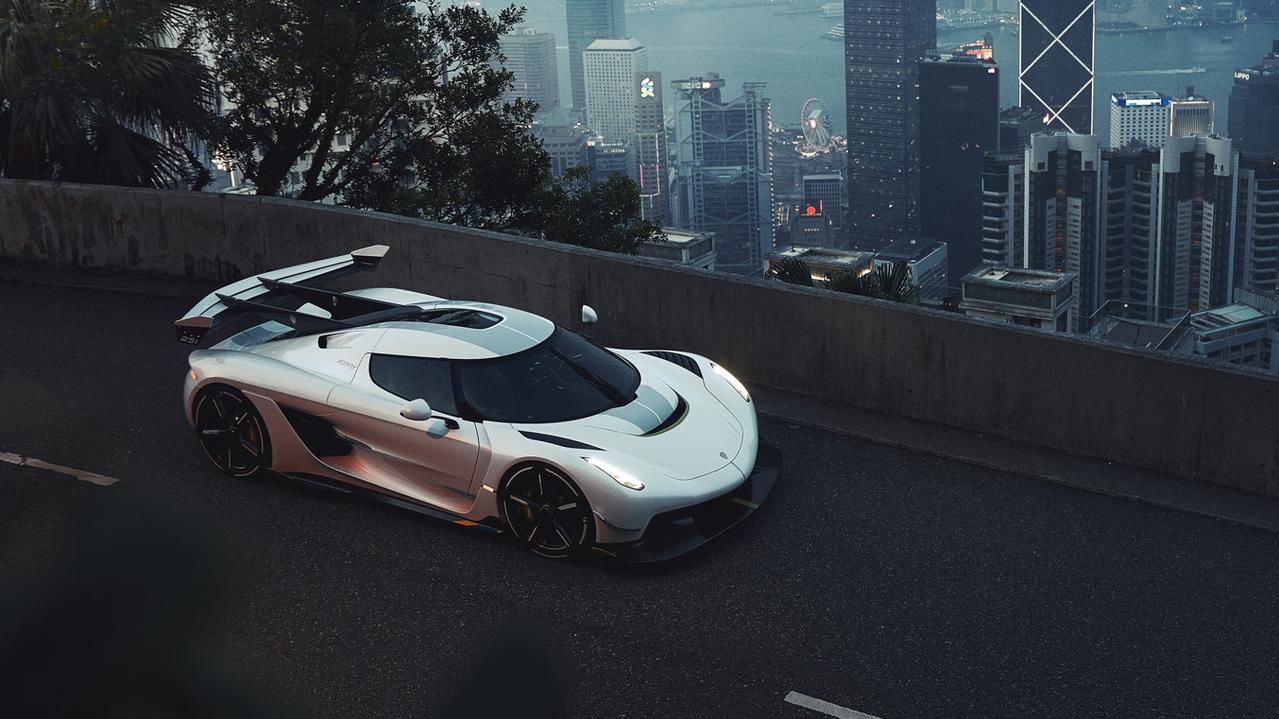
In a video showcasing Koenigsegg’s recent record 31.49-second run from 0km/h to 400km/h and back to 0km/h, CEO and founder Christian von Koenigsegg suggested a top speed world record run could be in order.
“Well, that’s for another time,” said von Koenigsegg when asked about the outright top speed of the $4.5 million Regera that was used in the 400km/h run set at a military airfield in Sweden.
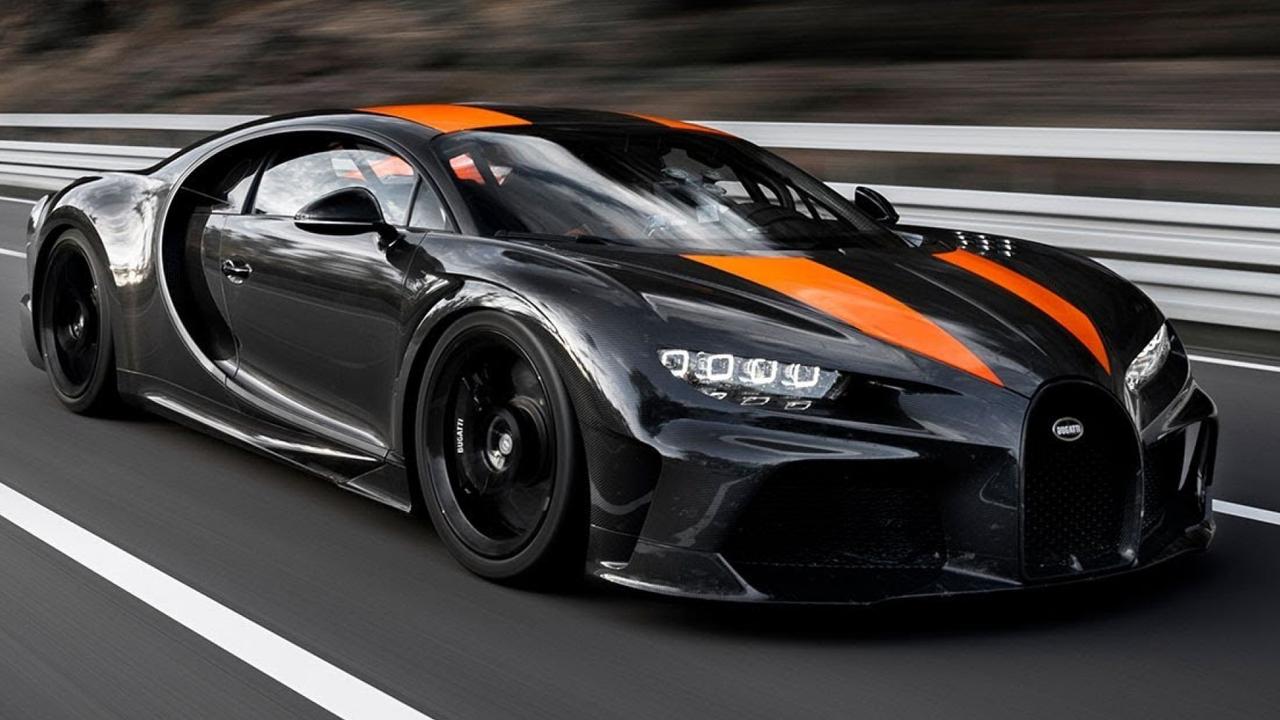
“This is huge top speed,” he said of the 400km/h run done in a hybrid car with no gearbox, which the company believes it can better on a smoother racetrack. “But we have faster top speeds cars, of course.”
Von Koenigsegg may have been hinting of taking the upcoming Jesko for a top speed run.
With a 955kW 5.0-litre V8 engine, the circa-$6.5 million Jesko is shaping up to be the fastest car yet from Koenigsegg, with previous reports quoting the brand as saying it “should be capable of driving faster than 300mph [483km/h].” Already four Jeskos have been sold in Australia, the first of which is due in 2021.
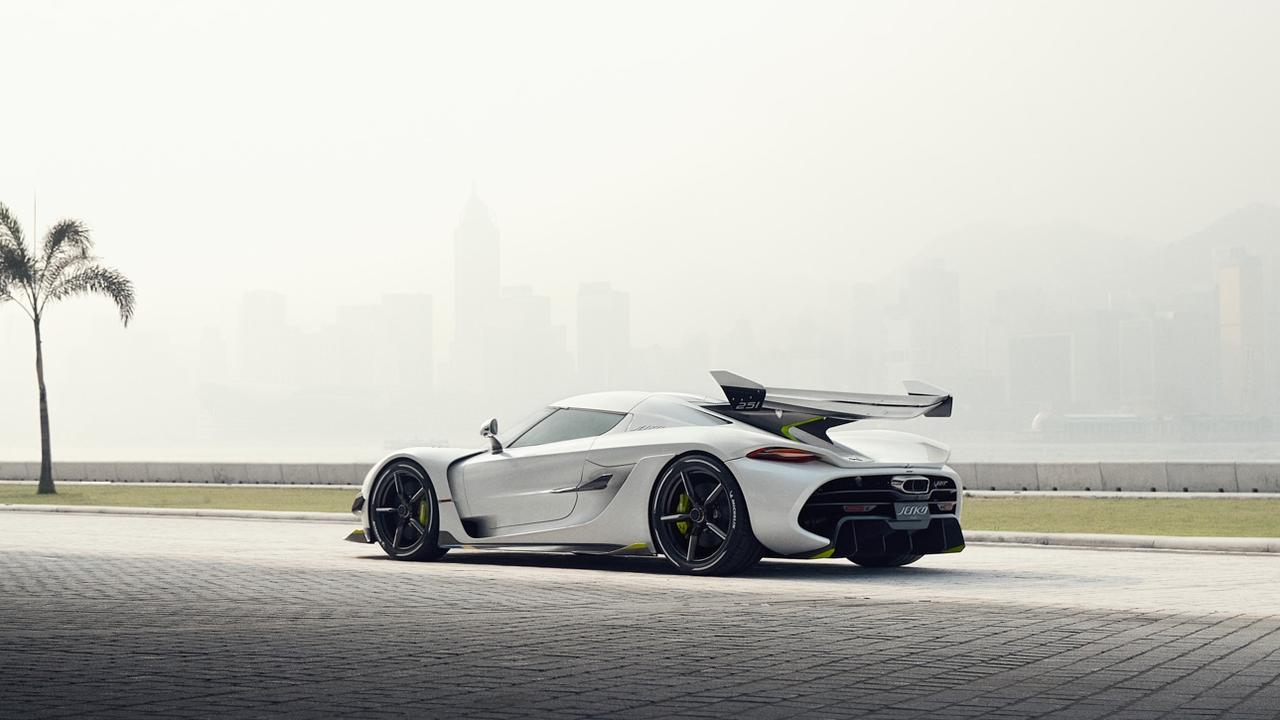
Given the brand’s love of proving its performance credentials there’s every chance a top speed run could be around the corner.
Of course, one challenge is where to set such a speed.
No racetrack in the world has a straight long enough, which is why Volkswagen-owned Bugatti uses the company’s Ehra-Lessien test track in France.

It has an 8.8km straight, but even then the Bugatti Chiron that set the time had to enter the straight at 200km/h off a banked curve and leave it at 200km/h at the other end.
That’s because getting from 400km/h to 500km/h requires a very long stretch of road.
At 400km/h a car is travelling at 111 metres per second. By 500km/h that increases to 139 metres per second.
Approaching 500km/h — at which point acceleration would be far more leisurely than at lower speeds — it would take a little over seven seconds to cover a kilometre.
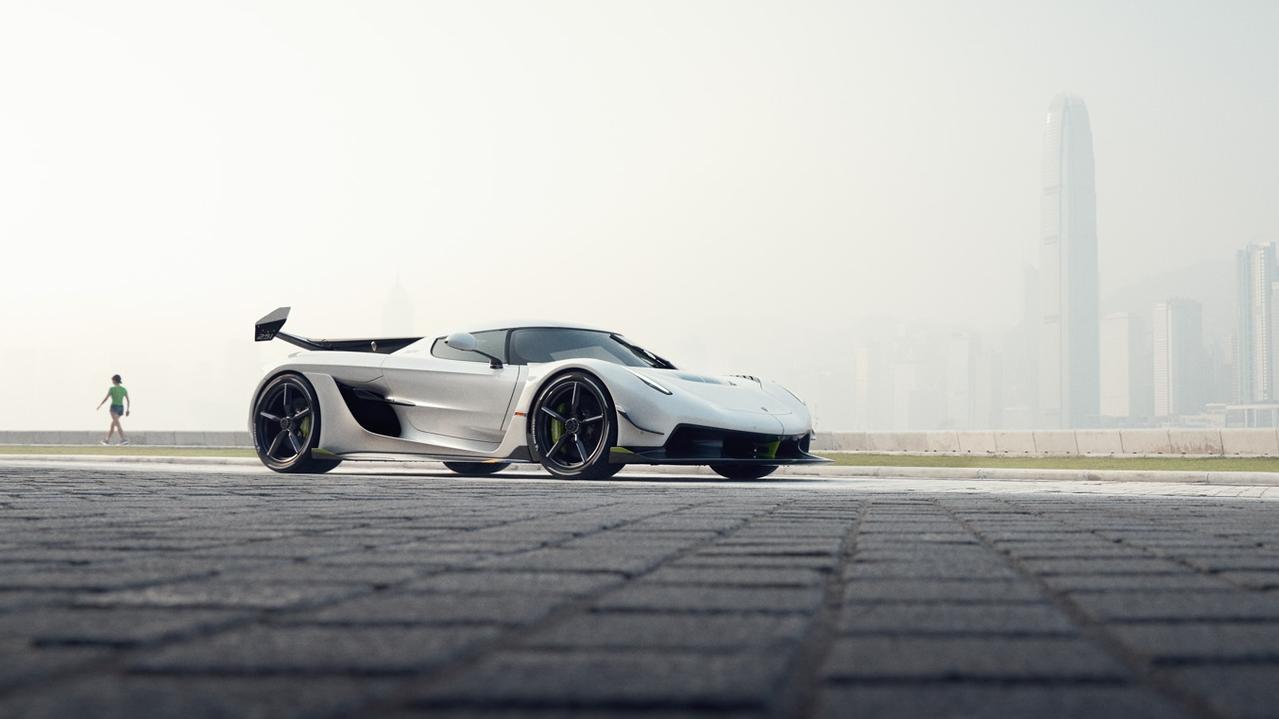
And at that sort of speed it would need the best part of one kilometre to slow to a stop.
Another challenge is tyres. When Bugatti did its 490.484km/h it engaged Michelin to design bespoke tyres reinforced with carbon fibre and X-rayed for accuracy.
Then again, Koenigsegg is clearly up for the challenge, often taking on performance records — and succeeding.

